Please feel free to contact us if you are interested in our products or want to know more details or the latest price. We sincerely hope to cooperate with customers all over the world! Send your inquiry now!
Cooking oil processing machines which can process various oil seeds, including peanut, soybean, sunflower seed, palm, palm kernel, sesame, rapeseed, cotton seed, etc.,
soya oil production line tons per day in zimbabwe
- Product Using: Producing Soybean Oil
- Type: Soybean Oil Production Line
- Main Machinery: Soybean Oil Production Line Machine
- Automatic Grade: Automatic
- Production Capacity: 98%
- Model Number: Hd1
- Voltage: 220V/380V/440V
- Power(W): 11KW
- Dimension(L*W*H): 1.5*2.6*3.6M
- Weight: 0.5-10T
- Certification: ISO9001,CE,BV
- After-sales Service Provided: Engineers available to service machinery overseas
- Product name: seed oil extraction machine
- Raw material: carbon steel, SS304, SS316
- Application: all kinds of oil seeds
- Function: get grade 1 cooking oil
- Warranty: 365 days
- Feature: Multifunction High Efficient
- Model: LD88
- Quality: 15 years service time
- Advantage: 35 years experience
- Keyword: seed oil extraction machine
- Project Location: zimbabwe
President Visit: Zimbabwean Soybean Oil Processing Plant
Recently, the President of Zimbabwe visited the famous local soybean oil processing plant, and he not only praised its latest development and infrastructure, but also recognized the positive impact of the soybean oil production project on the surrounding economy. It is worth mentioning that HongdeMachinery played a pivotal role in assisting and
Zimbabwe Soybean Area, Yield and Production. Market Area Production Yield; Year (1000 Ha) (1000 Tons) (T/Ha) 2014/2015: 61: 71: 1.2: Zimbabwe Annual Area Harvested
[Presidential Visit] Zimbabwe 30 Tons/Day soybean oil plant
This project, a collaboration between the University of Zimbabwe and our company, is a complete soybean oil processing production line, including 30 tons/day soybean press line and 3TPD soybean oil refining line. One day, we received an inquiry from a client from Zimbabwe who wanted to build a soybean oil milling plant for complete process
manufacture of oil mill plant. We are manfacture of oil mill plant 1 ton to 100 ton in Ludhiana (punjab) since 1965 all type of seed like soyabean, groundnut, cotton seed, mustard, castor, neem, etc. For more details mail us on [email protected] or call as on 9465380651. Thanks you.
The significance of soybean production in the face
The world soybean production was projected at 311.1 million metric tons in 2020 and 371.3 million metric tons in 2030. The annual growth rates are 2.9% from 2005–07 to 2010 and were projected to be 2.5% from 2010 to 2020, and 1.8% from 2020 to 2030.
The current production levels cannot sustain the country s needs as soyabean demand is about 125 000 tonnes yet production is less than 50 000 tonnes in a good year. Zimbabwe relies on imports from South Africa and Zambia. ADDRESSING PRODUCTION CONSTRAINTS IN ZIMBABWE Constraints on small holder soya bean producers include:
40TPD soybean oil extraction plant project in Zimbabwe
If you wanna to get more details about 40TPD soybean oil extraction plant project in Zimbabwe, you can send E-mail to [email protected] you can consult our professional engineers and specialized sales team by leaving a message in below form.
In terms of production per province soya bean production in Zimbabwe is estimated at 71 290 metric tonnes (mt) this year, against a national requirement of 240 000 tonnes per year
Zimbabwe - Agricultural Sectors
Zimbabwe requires about 240,000 metric tons of soybeans annually, but local production stands at an estimated 71,290 tons, enough to meet only 30 percent of national demand. Despite the government’s command soybean program, introduced in the 2017/2018 season, Zimbabwe still depends on soybean imports from Zambia and Malawi.
Production of soybeans expanded from the southern part of the United States. 1950-70's. The U.S. accounted for more than 75% of global soybean production. 1970's. Production of soybean started at a large scale in many South American countries. 2003. The share of the U.S. in global soybean production came down to 34%.
- How many tons of soybeans are produced a year?
- Masuda and Goldsmith (2009) estimated that the yearly production of soybean will be at 2.2% and approach a yearly production of 371.3 million tons by 2030. Also, Masuda and Goldsmith projected that the production and area harvested of soybean worldwide is going to increase due to the increasing demand for soybean products.
- Which countries produce the most soybeans in Africa?
- For example, South Africa and Nigeria currently dominate soybean production in Africa, comprising 70% of the total output in 2014 yet, these countries are still not meeting the local demand for soybeans (Akibode & Maredia, 2012).
- How has soybean production changed since 2005?
- Production and supply, stock levels, and soybean prices have changed along with the high demand for soybean by the population (MAPA, 2015; Masuda & Goldsmith, 2009). The production of soybean in the USA has been at its highest rate (89,507 million tons), over 33,640 million hectares since 2005 (USDA, 2013).
- Why is soybean production possible in southern Africa?
- Southern Africa, in particular, is prone to frequent droughts and uneven rainfall distribution in both time and space (Kinuthia, 1997), hence, considering the frequent occurrence of droughts in the region, it makes the production of soybean feasible due to its resilience levels.
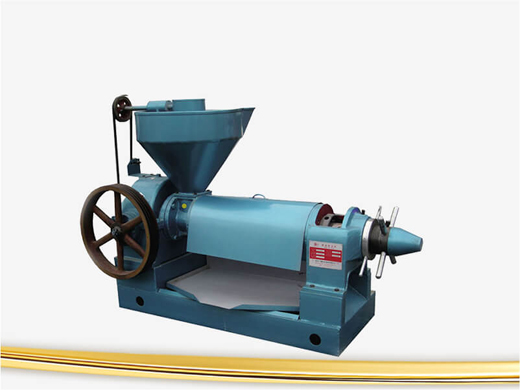
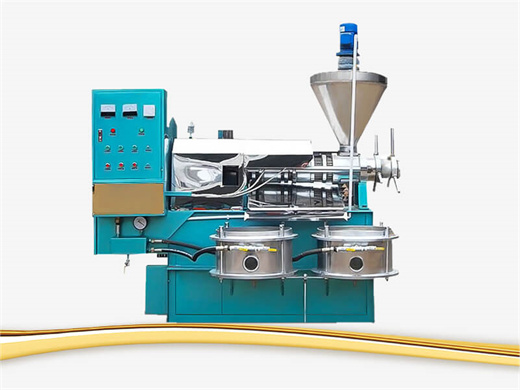
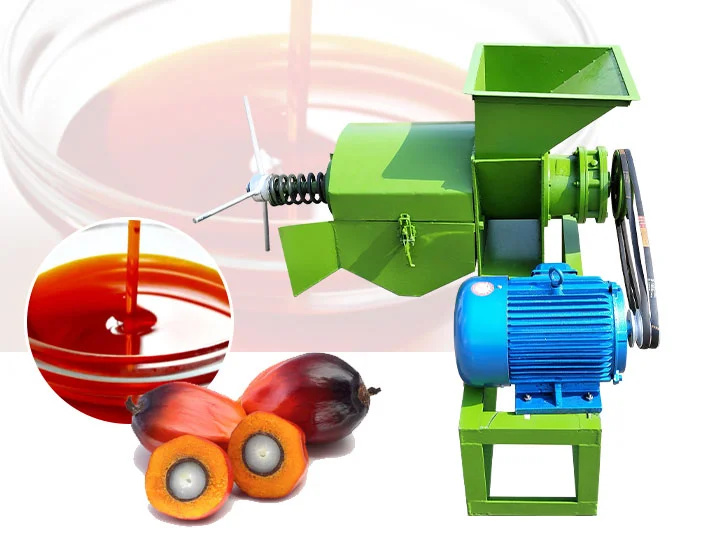
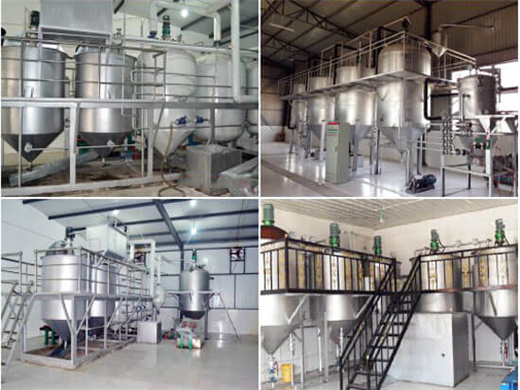
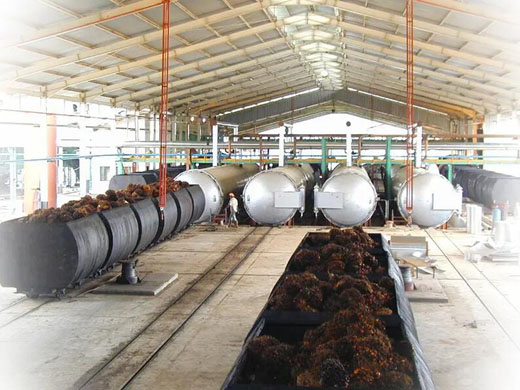
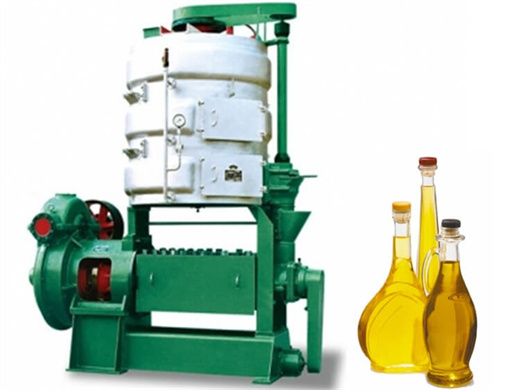
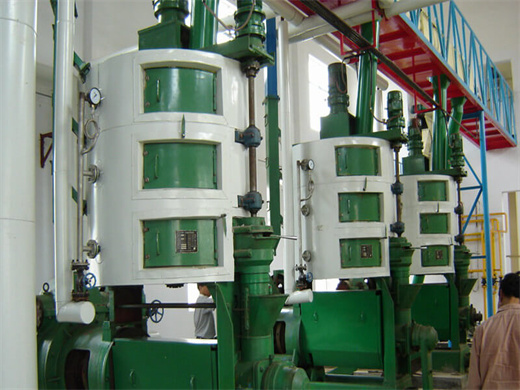
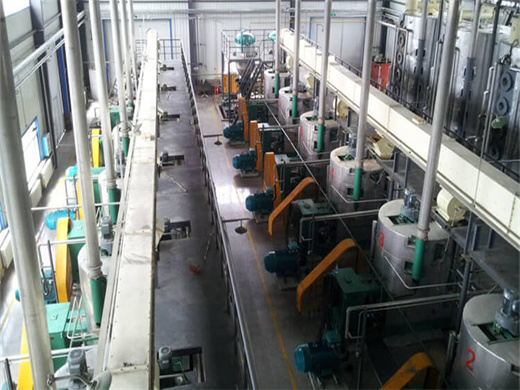












REQUEST A QUOTE
You Can Write Down Your Requirements! Submit your enquiry, we will reply your quote within 24 hours.